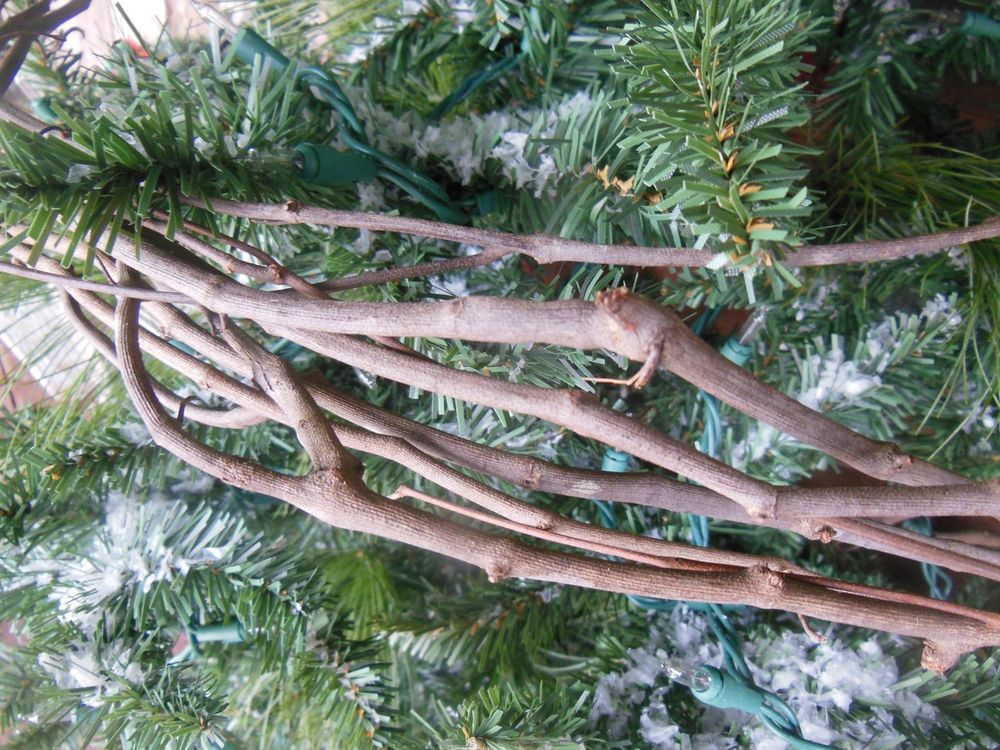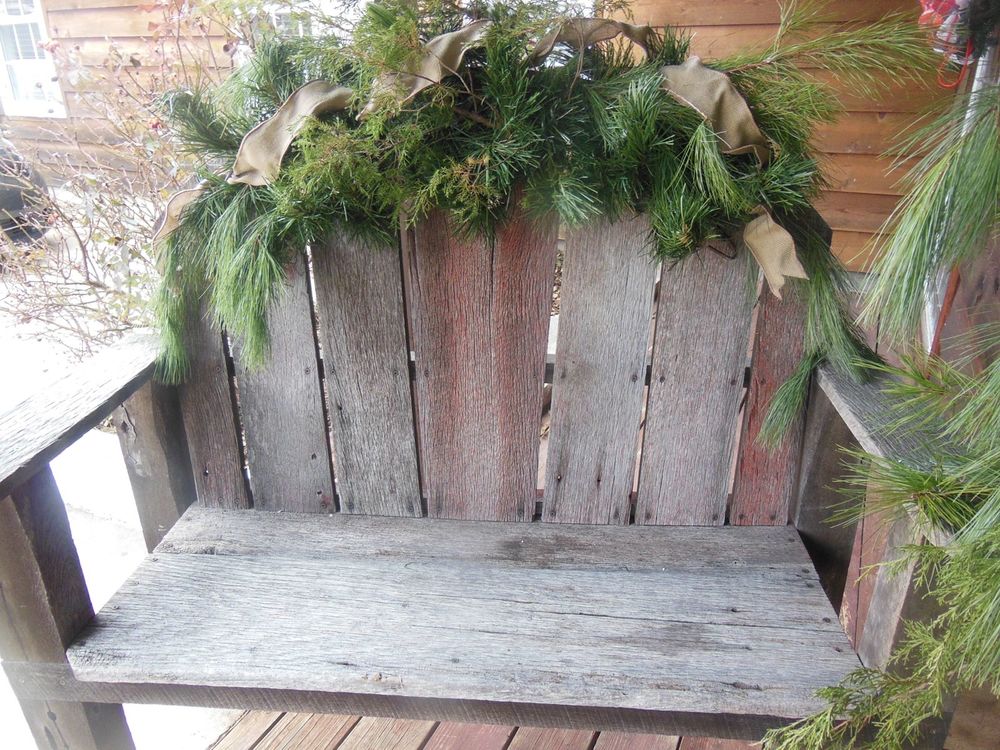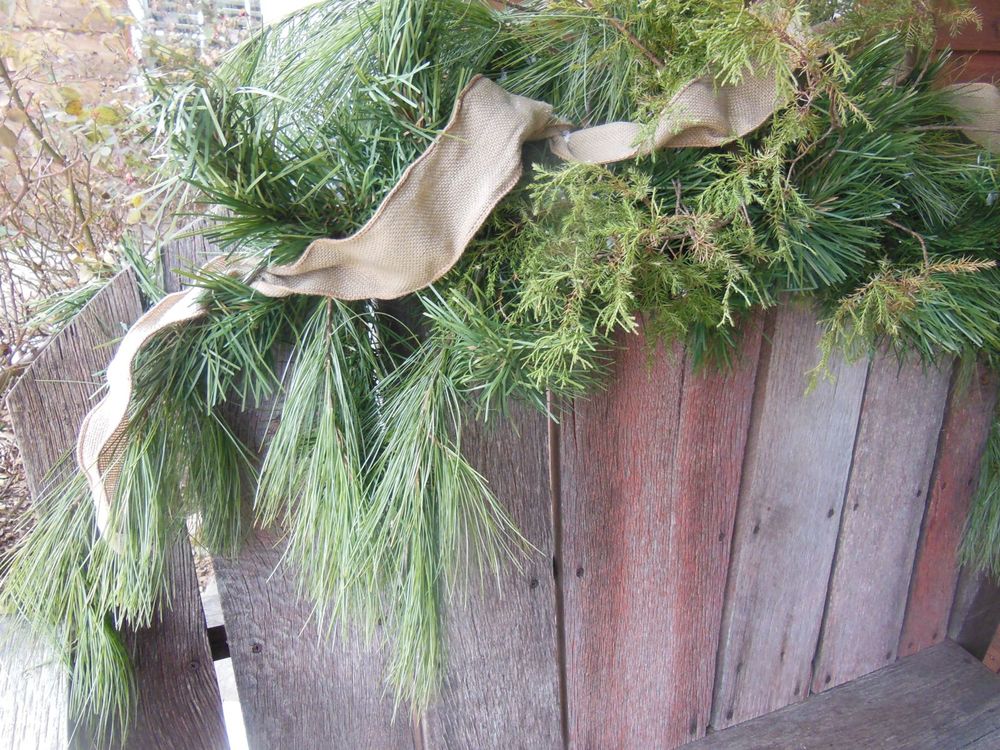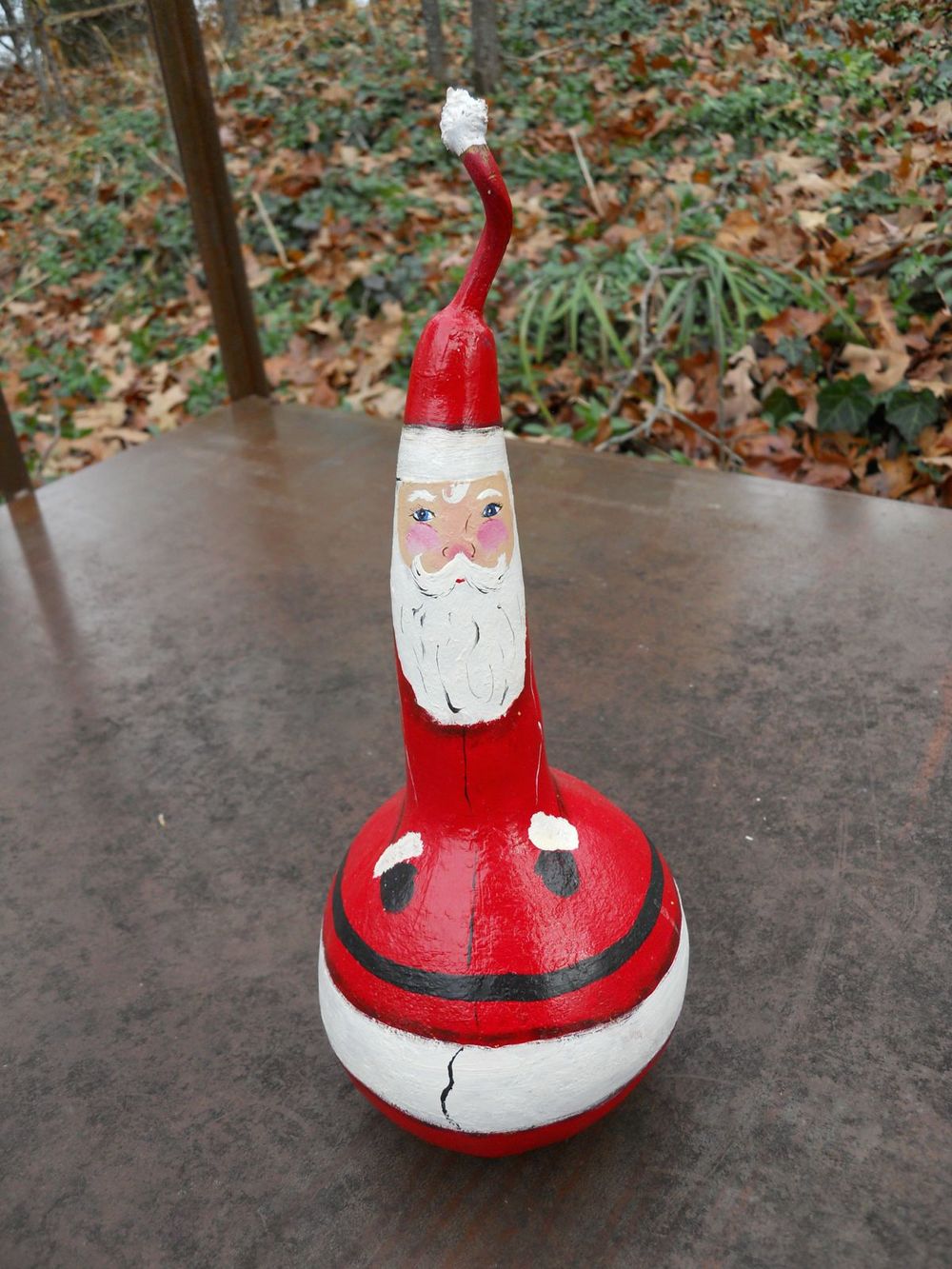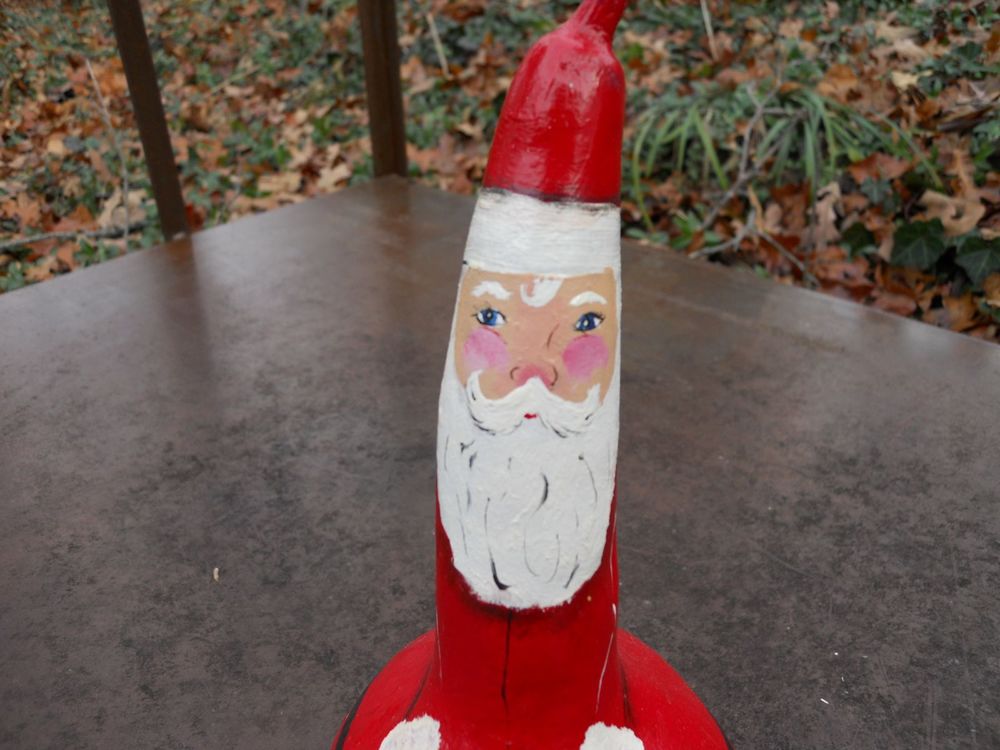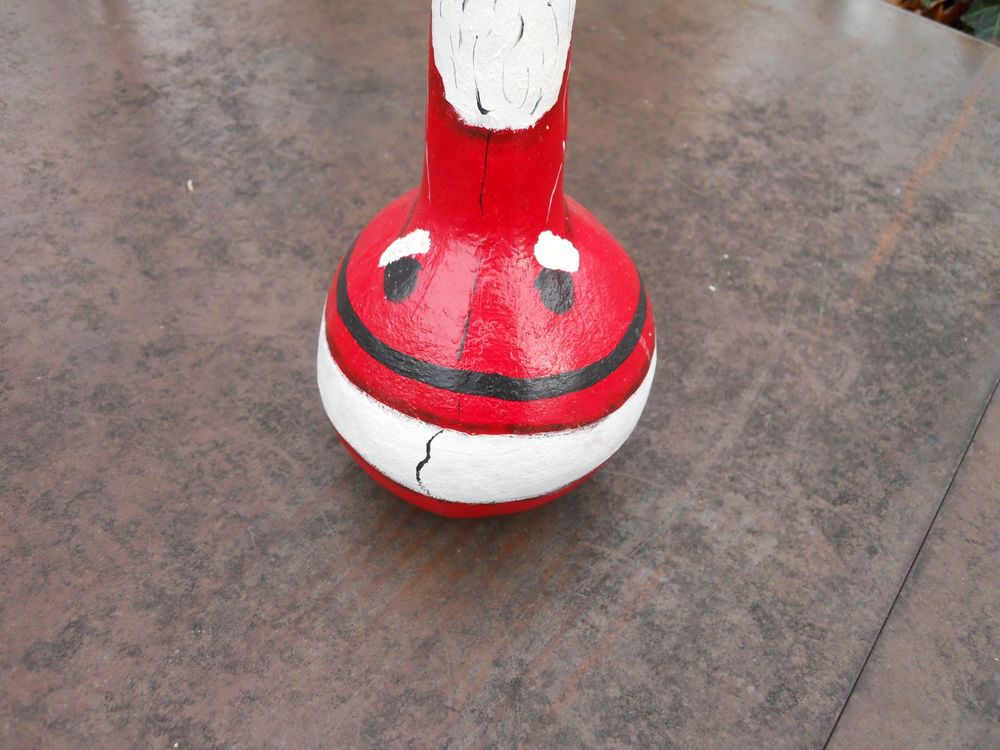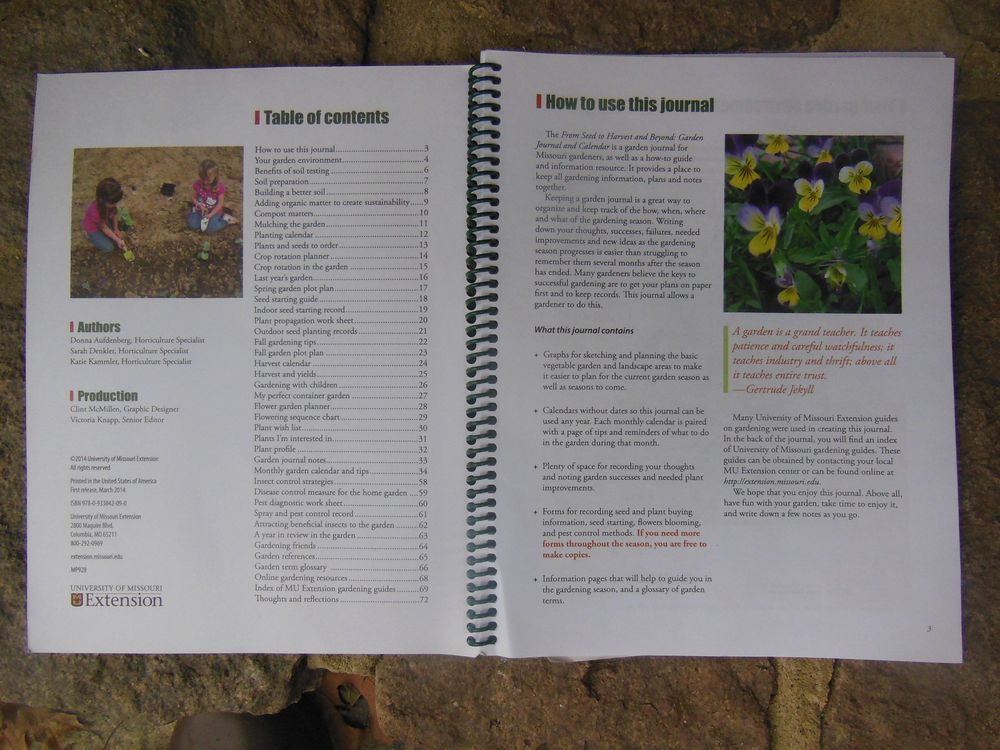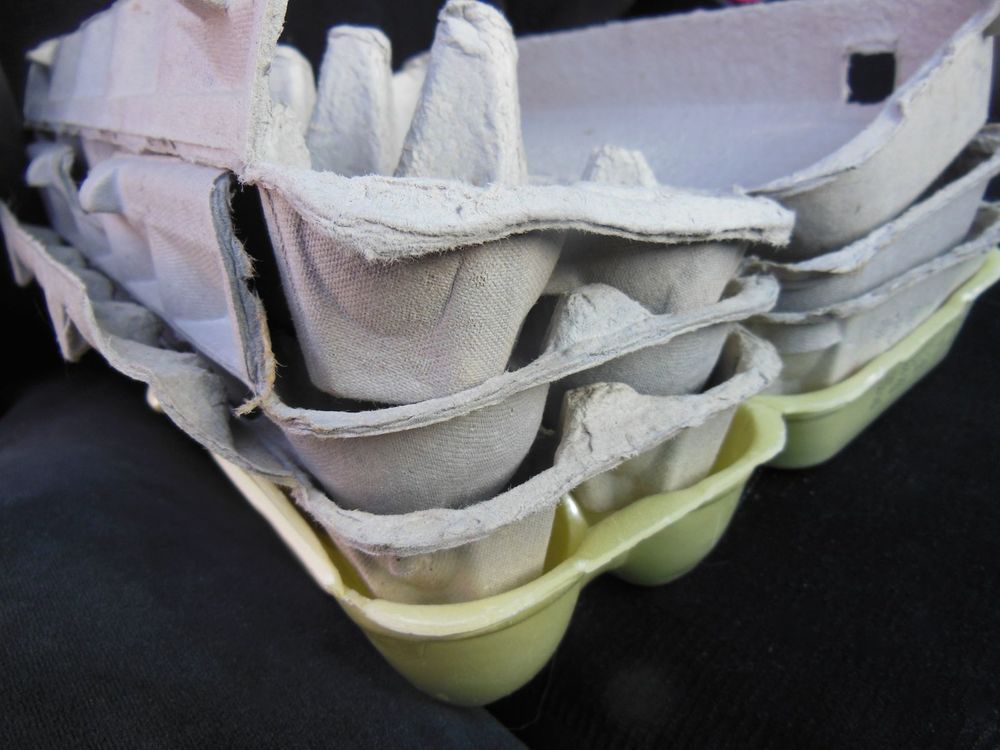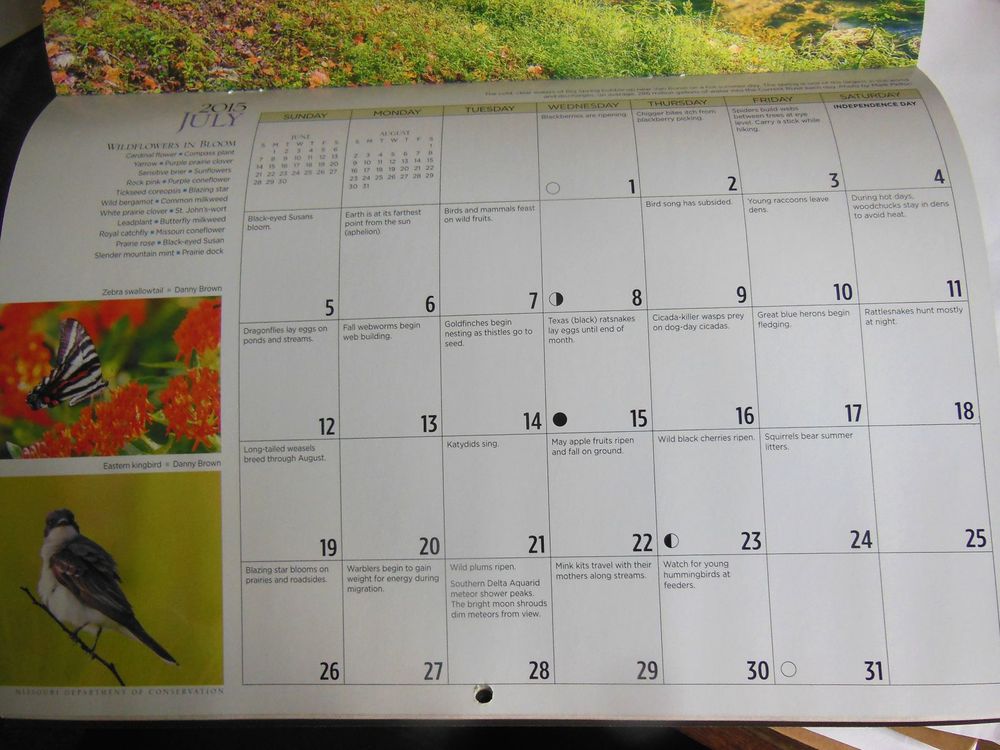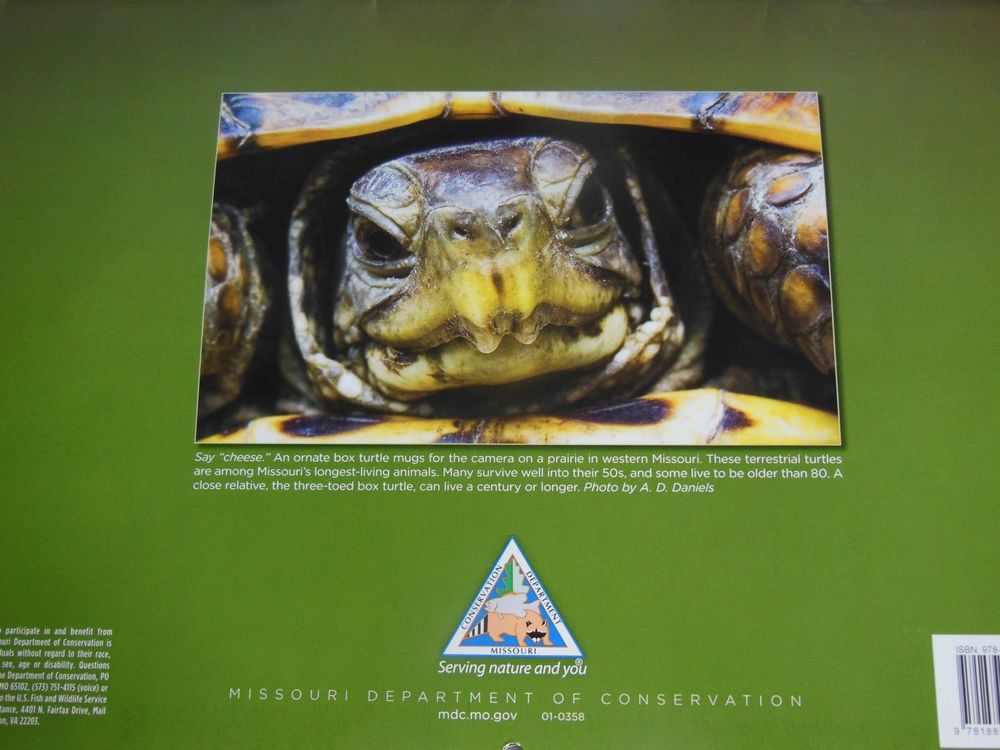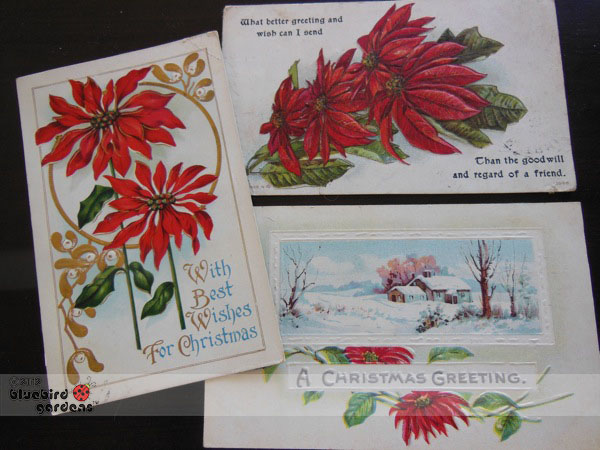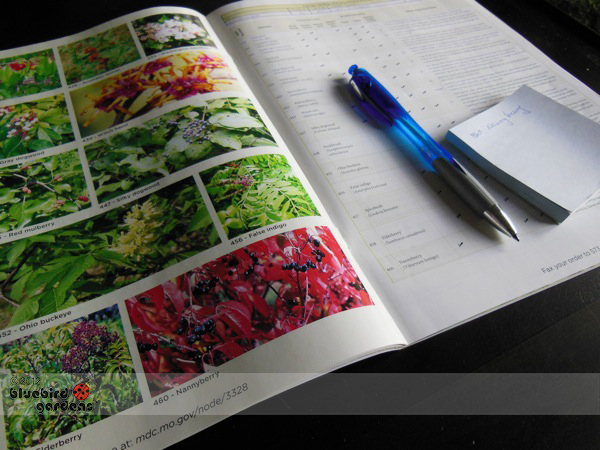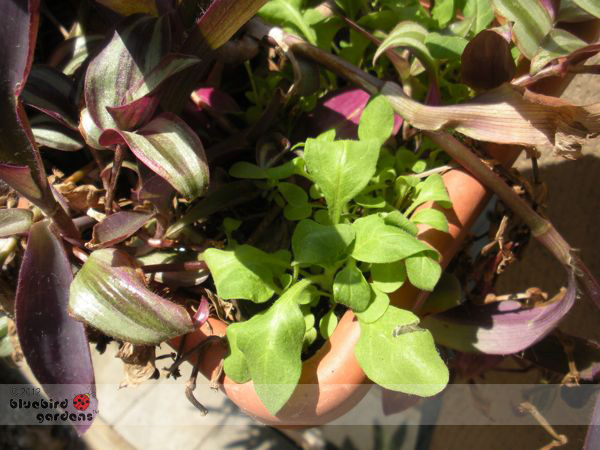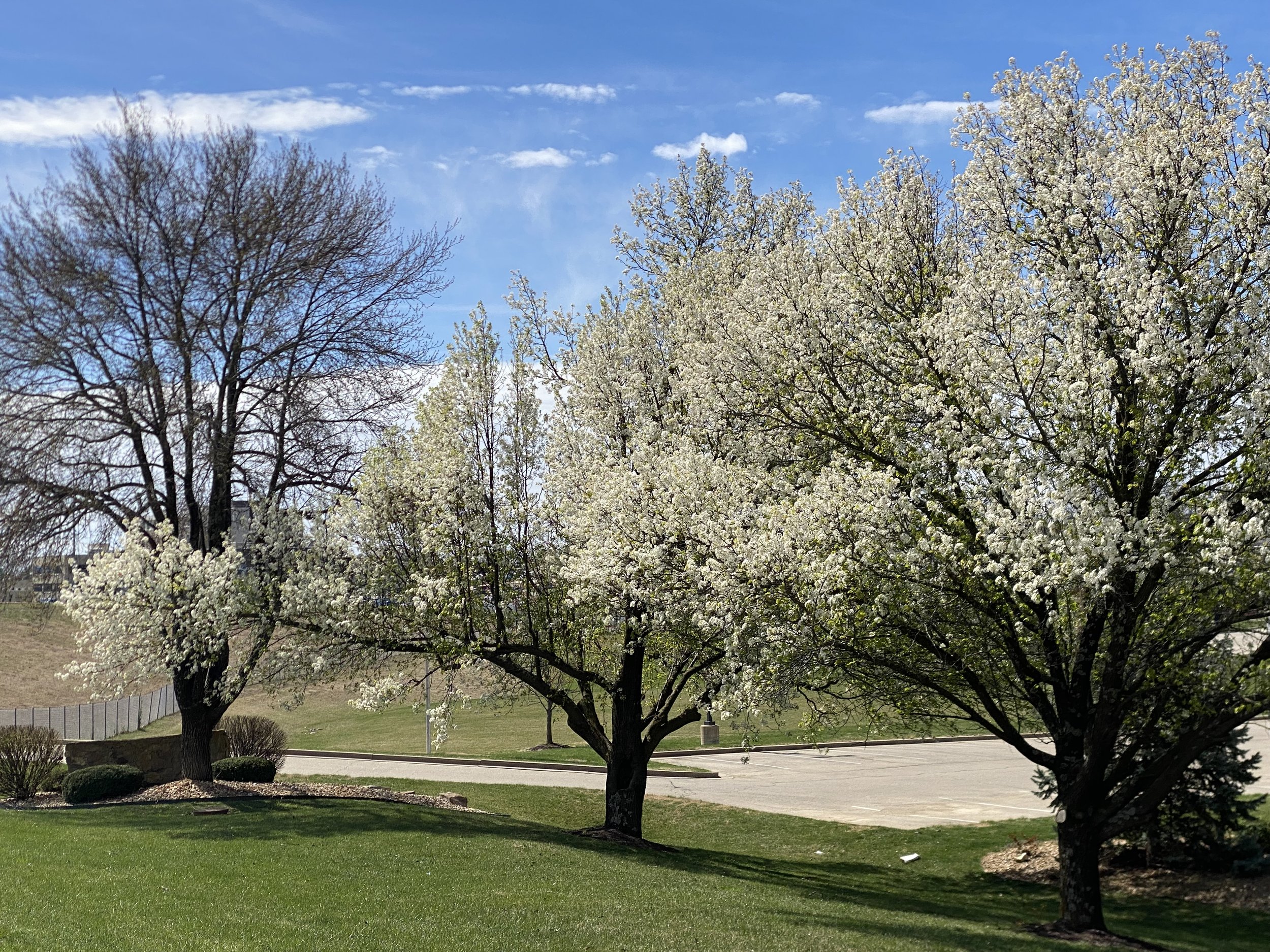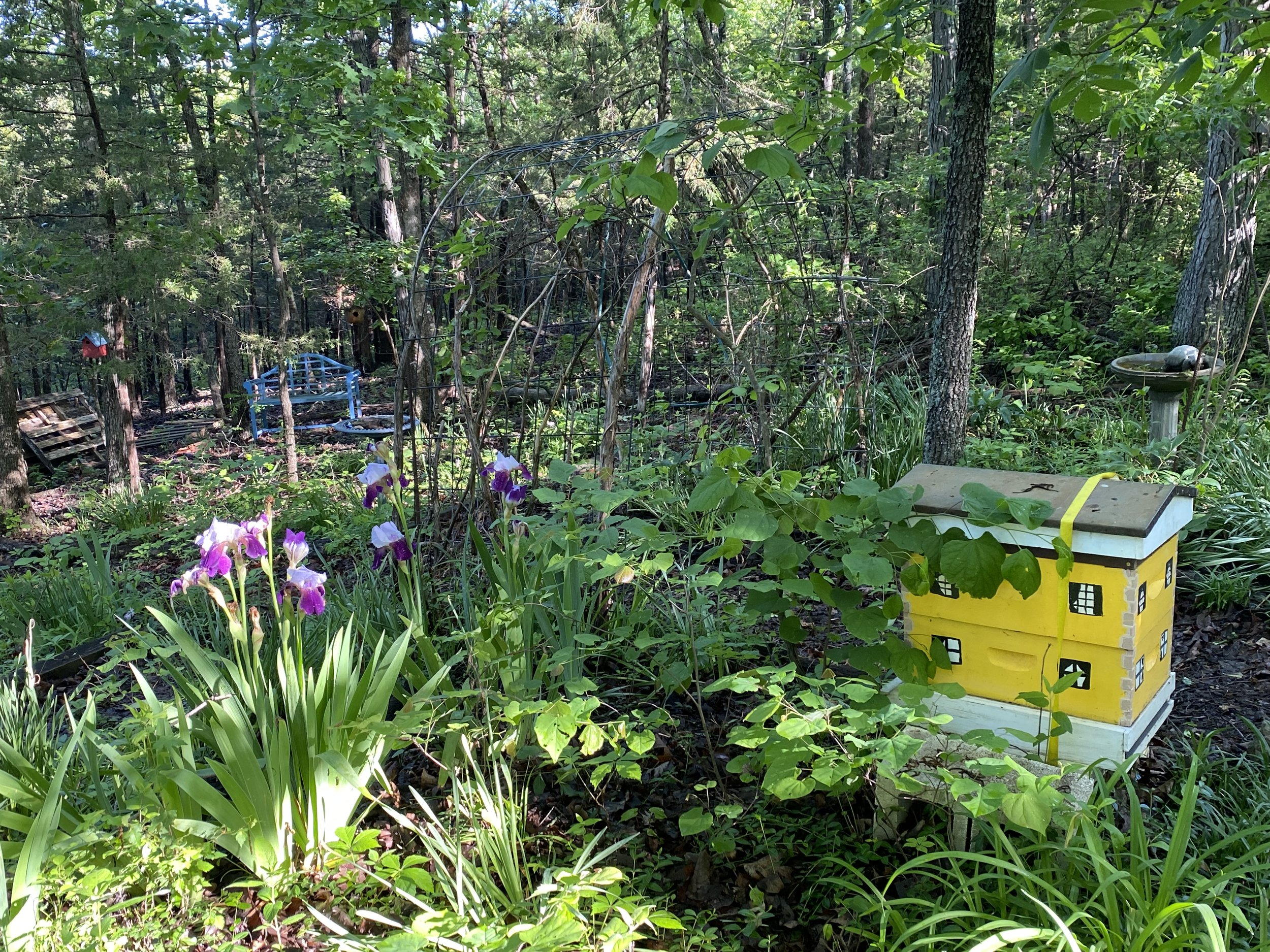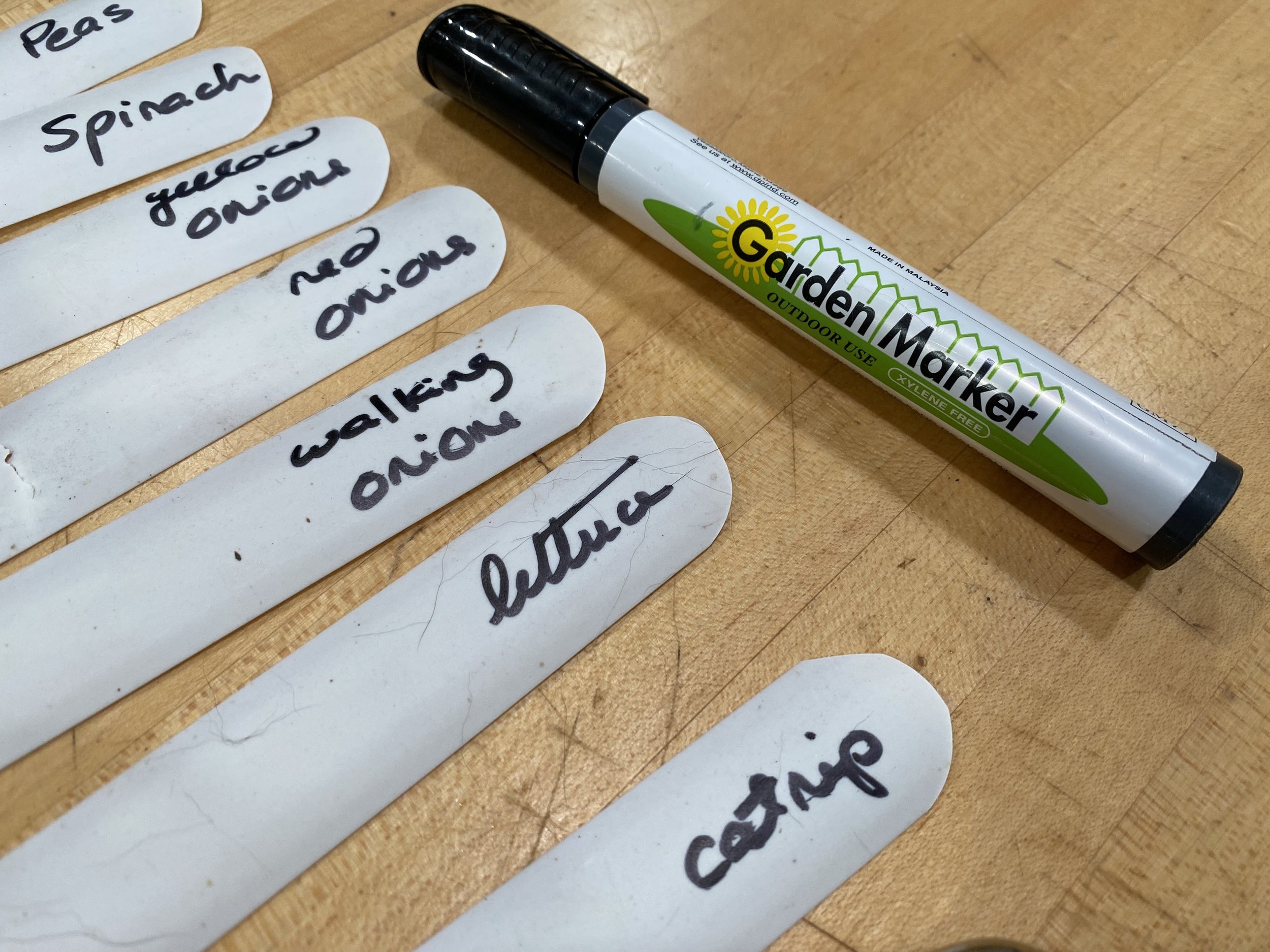There are a number of signs of the holidays and one of them is the lovely poinsettia. The following is a quick guide on how best to care for these tropical plants:
Light. Place it near a sunny south, east of west-facing window. Poinsettias are tropicals and will appreciate as much direct sunlight as you can provide. Don't leave a poinsettia on top of a TV or close to a fireplace.
Heat. To keep the poinsettia in bloom as long as possible, maintain a temperature of 65 - 75 degrees F. during the day and no less than 60F degrees at night. Cold drafts and allowing leaves to touch a cold window can cause premature leaf drop. If you’ve ever see a gangly poinsettia in bloom, with only a couple of sad looking leaves hanging on, it was probably exposed to temperatures that were too cool or extreme shifts in temperature.
Water. Water whenever the surface feels dry to the touch. Water until it drains out the bottom. Don’t let the plant sit in water or it may wilt and drop leaves. A wilted plant can be revived and salvaged, but it will take another season to improve in appearance.
Humidity. If your home tends to be dry and your poinsettia is in direct light, you may have to water every day.
Charlotte
